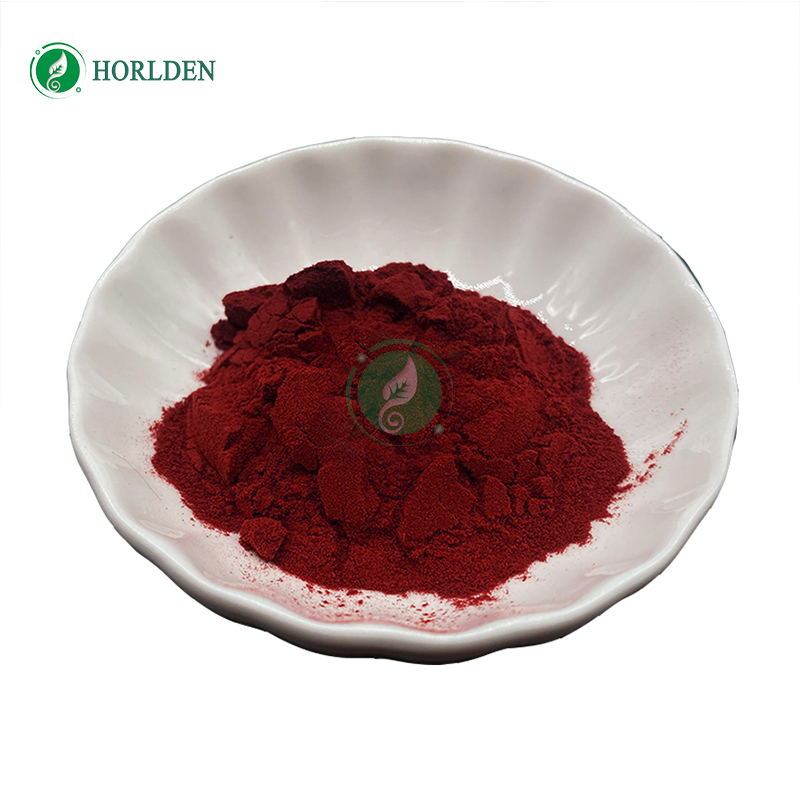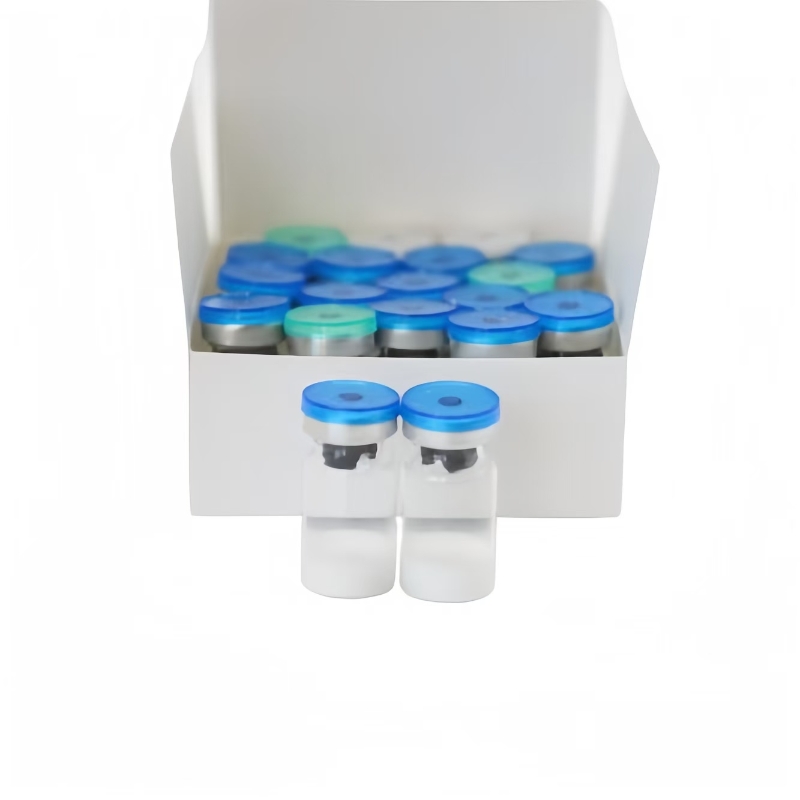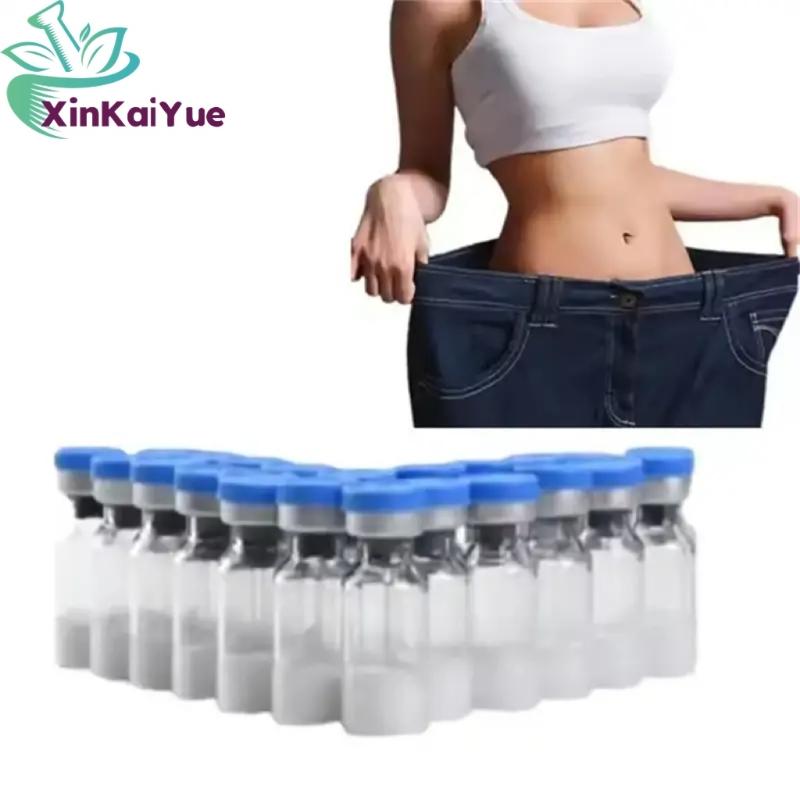Quinolones market continued to cool down: 3 varieties declined significantly, and the potential of levofloxacin remained
-
Last Update: 2016-08-12
-
Source: Internet
-
Author: User
Search more information of high quality chemicals, good prices and reliable suppliers, visit
www.echemi.com
Recently, the U.S Food and Drug Administration (FDA) issued a notice, suggesting that when drugs are used to treat acute sinusitis, acute bronchitis and simple urinary tract infection, the risk of serious adverse reactions caused by fluoroquinolones is usually greater than the benefit Fluoroquinolones are a new kind of antibacterial agents in 1980s In particular, it has a strong sterilization effect on aerobic gram-negative bacteria and Gram-positive bacteria such as Staphylococcus aureus Some varieties have a good activity mechanism on Mycobacterium tuberculosis, mycoplasma, chlamydia and anaerobic bacteria In 2010, fluoroquinol reached its peak in the world From the 1980s to the end of 2015, 27 new molecular entities (NME) of quinolones have been approved globally However, the FDA safety review found that when fluoroquinolones are used in general, the crippling and potentially permanent serious adverse reactions can occur at the same time, which involve tendon, muscle, joint, nerve and central nervous system In fact, in January 2011, the State Food and Drug Administration issued a notice concerning the adverse reactions of quinolones In November 2013, the notice again suggested that drug manufacturers should strengthen the monitoring of adverse reactions of drugs, timely revise the product manual of fluoroquinolones, update the relevant drug risk information such as adverse reactions, precautions, etc., so as to effectively transfer fluoroquinolones Inform the medical staff and patients of the risks of quinolones Under the supervision of the state drug regulatory department to strengthen the monitoring of adverse reactions of quinolones and the rational use of drugs, the once soaring market of quinolones has been effectively suppressed, and changes have taken place from production, sales to the end market Quinolones: according to the data on the official website of the State Food and Drug Administration (CFDA) in July 2016, China's CFDA approved 22 quinolones for clinical use After rectification, there are 4042 domestic drug production approvals; compared with 4534 in November 2011, the number decreased by 10.85% Under the influence of quinolones risk warning and market ups and downs, some of the original imported drugs also withdrew from the Chinese market after the expiration of registration The number of import approval documents has decreased from 95 in November 2011 to 36 at present At present, the number of foreign quinolones manufacturers has decreased from more than 10 before to 6 companies With the promotion of the most stringent environmental protection law in history, the number of quinolones API production approval documents has shown a downward trend through the national environmental protection regulation of chemical pharmaceutical production and the re certification of GMP In terms of domestic drugs, at present, there are 211 production approvals for quinolones, 120 fewer than 331 in November 2011 Among them, the cancelled API production approval mainly distributed in levofloxacin, ofloxacin, ciprofloxacin, gatifloxacin, lomefloxacin and other varieties In recent years, there are few quinolones on the market Only in 2013, moxifloxacin API and its injection from Nanjing Youke Pharmaceutical Co., Ltd were approved, and then moxifloxacin API from Sichuan Xicheng Pharmaceutical Co., Ltd and moxifloxacin injection from Chengdu Tiantaishan Pharmaceutical Co., Ltd were approved in 2014 In the field of quinolones R & D, besifloxacin eye drops of Jiangsu Yabang Epson Pharmaceutical Co., Ltd., sfloxacin of Shandong Zibo Xinda, and ninofloxacin of Haimen Huiju Pharmaceutical Co., Ltd., Huayu (Wuxi) Pharmaceutical Co., Ltd and Xinchang pharmaceutical factory of Zhejiang Pharmaceutical Co., Ltd are still in clinical trial and approval According to the PDB system of the drug comprehensive database of China Pharmaceutical Industry Information Center, the market of quinolones in 22 sample hospitals in China's key cities was 1.605 billion yuan in 2015, with a growth rate of 7.82% compared with the same period of the previous year, and a decrease of 7.81% compared with that of China's quinolones fever in 2010 In the five years from 2011 to 2015, the annual average decline rate was 1.09% In fact, under the influence of the risk of serious adverse reactions caused by quinolones, the global market of quinolones antibacterial drugs has also declined, especially after it is no longer recommended as a routine first-line treatment drug for uncomplicated cystitis, the market of quinolones will continue to cool down in the future Levofloxacin: levofloxacin, which still has potential, belongs to the third generation of broad-spectrum fluoroquinolones It is a variety developed and listed by Japan's first pharmaceutical Co., Ltd and becomes a generic drug when the patent expires Levofloxacin has a strong antibacterial activity against most Enterobacteriaceae bacteria, especially for ocular infectious diseases Therefore, it is popular in the market at home and abroad However, with the large-scale application of levofloxacin injection, its adverse reactions are increasingly prominent, and the yellow light is on in clinical use According to the latest data, there are 782 production approvals for levofloxacin in China, including 41 API manufacturers The annual total output of levofloxacin in China has exceeded 1500 tons But about 80% of APIs are exported through different distribution channels Only a few of them are used in the production of downstream pharmaceutical products in China According to the data of PDB system, in 2015, the market of levofloxacin in 22 key city sample hospitals in China was 818 million yuan, with a growth rate of 9.11% compared with the same period of the previous year; this is also the market recovery for three consecutive years after the treatment of antibiotics With the overall suspension of outpatient infusion in 2016, and the treatment principle of "no need, no use, no use, no oral injection, no infusion", the market of levofloxacin has been impacted objectively, and its growth rate is predicted to decline In 2015, injection and infusion accounted for 77.17% of the total market, oral tablets accounted for 21.87%, oral capsules accounted for 0.95%, and injection powder only accounted for 0.01% In terms of competition pattern, the top five manufacturers are the first three, accounting for 37.40%, Yangzijiang Pharmaceutical Group, 22.97%, Zhejiang Xinchang, 6.46% and Jiangsu Hengrui, respectively On the other hand, levofloxacin is still in the leading position in the market of quinolones due to its promotion in the market of tuberculosis treatment and the indispensable position of drug use in the sense organs Moxifloxacin: moxifloxacin is the fourth generation of quinolones developed by Bayer company in Germany It has a wider antibacterial spectrum, stronger activity, less resistance and adverse reactions It has a significant effect in the treatment of community-acquired pneumonia, acute attack of chronic bronchitis, acute sinusitis and other infectious diseases In 1999, moxifloxacin was listed in Germany under the name of "baifule" In 2015, its global sales reached 421 million US dollars, an increase of 10.49% over the previous year In 2002, moxifloxacin was approved to enter the Chinese market as the most advanced quinolones With the rapid development of anti infective drug market, moxifloxacin has become one of the fastest growing antibiotic drugs In recent two years, China's anti drug policy once reduced the sales of moxifloxacin, but in recent five years, moxifloxacin rose against the trend According to the data of PDB system, in 2015, the sales volume of moxifloxacin in 22 key cities reached more than 700 million yuan, with a year-on-year growth of 8.76% From 2011 to 2015, the annual average growth rate reached 10.24% Moxifloxacin is also the only quinolones approved by CFDA in recent 5 years On April 23, 2013, CFDA approved the production and marketing of moxifloxacin API and small water injection of Nanjing Youke Pharmaceutical Co., Ltd.; on December 9, 2014, CFDA approved the production and marketing of moxifloxacin small water injection of Chengdu Tiantaishan Pharmaceutical Co., Ltd So far, only two domestic moxifloxacin have been listed It is understood that there are still many moxifloxacin in clinical trials and reports, but under the strict control of drug approval, generic drugs swarmed into the market yesterday It is worth noting that in 2015, the competition pattern of moxifloxacin in 22 key city sample hospitals in China shows that the market of moxifloxacin is Bayer company, Nanjing Youke and Chengdu Tiantaishan, and the growth rate of the original research drug baifule is 10 percentage points lower than that of the previous year, and the domestic moxifloxacin is increasing significantly Pazufloxacin: difficult to rise in Dongshan Pazufloxacin mesylate, the fourth generation of quinolones, is a quinolones antibacterial drug developed by Fushan chemical company of Japan It was first approved to be listed in Japan in April 2002 After the approval of FDA in 2003, pazufloxacin mesylate has been listed in many countries in Europe and America Pazufloxacin mesylate raw materials, injection, powder injection and sodium chloride injection are listed in China Domestic pazufloxacin APIs were approved for listing earlier In 2004, three companies were approved in China, seven in 2004, nine in 2006, nine in Shandong Xinhua, Chenxin pharmaceutical, Qidu pharmaceutical and so on Now, there are 28 pazufloxacin APIs production lines in total Pazufloxacin has stronger antibacterial activity than ofloxacin, ciprofloxacin and sparfloxacin It has a high concentration in human blood and a good distribution in inflammatory sites of lung tissues and eyes In recent years, domestic literature has reported its adverse reactions In 2011, CFDA has listed pazufloxacin as one of the nine varieties of ADR information bulletin, resulting in the continuous decline of hospital drug market According to the data, in 2015, the sales volume of pazufloxacin, a sample hospital in 22 key cities in China, was 26.57 million yuan, down 83.8% from 164 million yuan in 2011, making it difficult to rise again in the future Ciprofloxacin & enoxacin: Ciprofloxacin and enoxacin belong to the third generation of quinolones It came out in the 1980s Its antibacterial spectrum is more extensive, and its antibacterial effect is strong The lower concentration shows its antibacterial activity, which was once famous and profitable With the development of clinical practice, its shortcomings have been exposed The domestic and foreign market sales are decreasing year by year There are 415 approval documents for ciprofloxacin production in China, including 31 APIs The preparation includes injection, capsule, capsule, powder injection, eye drop, ear drop and suppository It is reported that the annual output and export volume of ciprofloxacin APIs in China are declining In 2014, the export volume dropped to more than 1400 tons, a decrease of more than 200 tons compared with the previous year Due to the sluggish domestic pharmaceutical market, it is expected to limit production According to the data, in 2015, the sales volume of ciprofloxacin in 22 key cities in China decreased by 7.69% compared with the previous year The drug market of sample hospitals was close to shrinking, and only in towns, villages and retail pharmacies had a certain way out Another drug, enoxacin, has 157 production approvals in China There are 4 production lines of enoxacin APIs in China The main preparations of enoxacin are injection, capsule, capsule, powder injection, eye drops and ointment In 2015, the sales volume of enoxacin, a sample hospital in 22 key cities in China, decreased by 14.62% year on year It is predicted that the market development trend of ciprofloxacin and enoxacin will continue to shrink in 2016 Since the introduction of fluoroquinolones in the 1980s, it has been used in clinic for more than 30 years With the increasingly widespread use of medical treatment, bacterial resistance is increasing, and people have a new understanding of its side effects
This article is an English version of an article which is originally in the Chinese language on echemi.com and is provided for information purposes only.
This website makes no representation or warranty of any kind, either expressed or implied, as to the accuracy, completeness ownership or reliability of
the article or any translations thereof. If you have any concerns or complaints relating to the article, please send an email, providing a detailed
description of the concern or complaint, to
service@echemi.com. A staff member will contact you within 5 working days. Once verified, infringing content
will be removed immediately.







